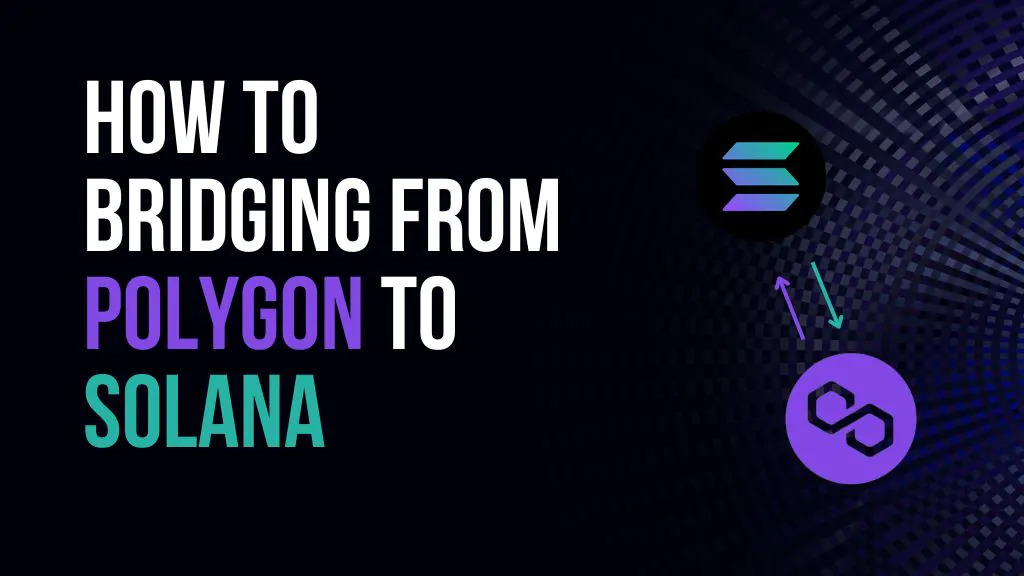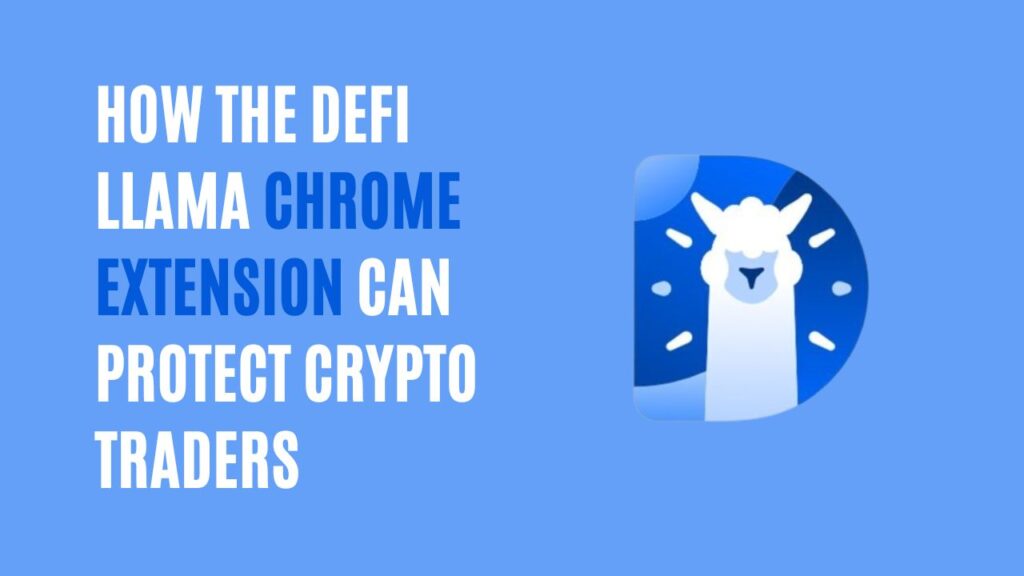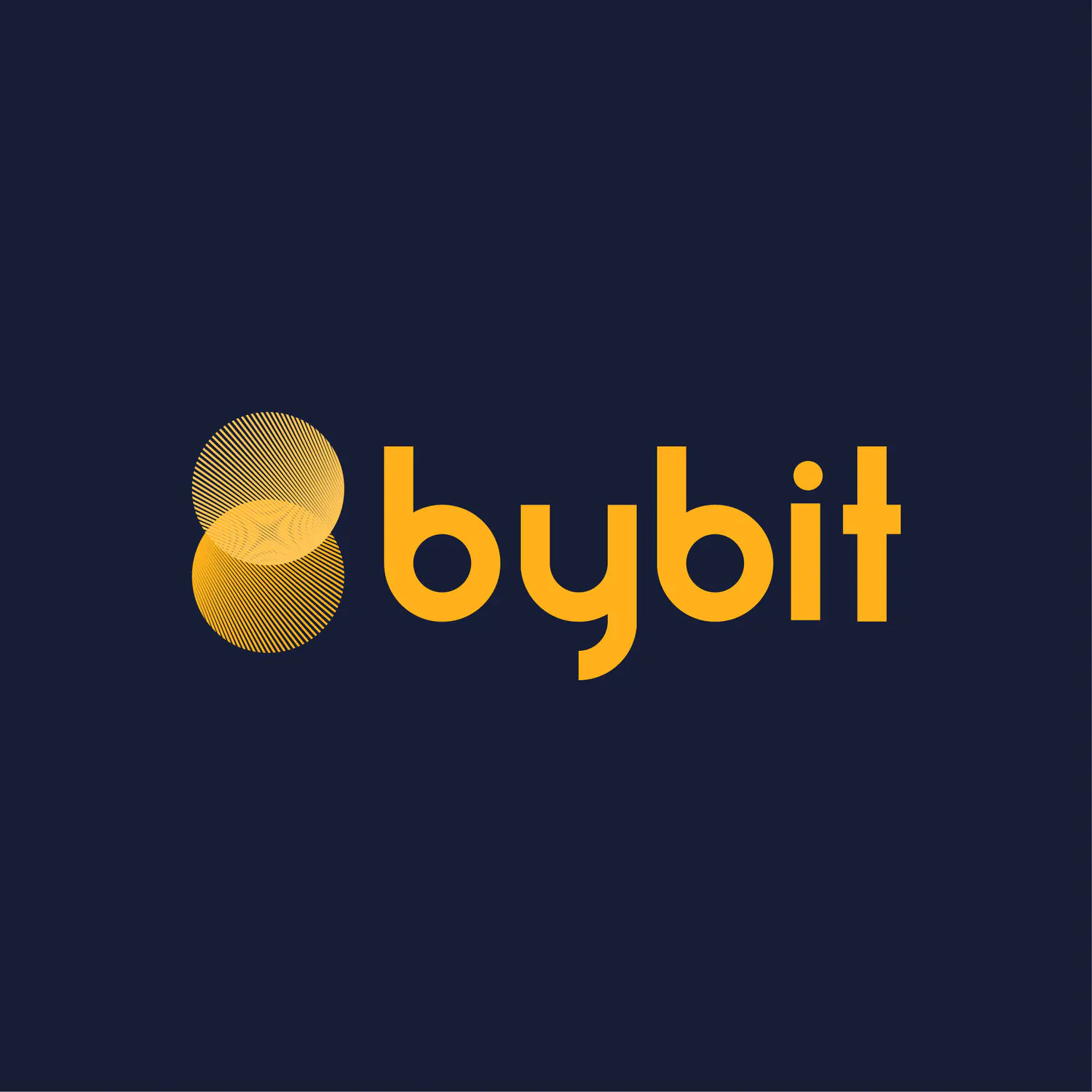The Lightning Network is a transformative innovation in blockchain technology that has addressed growth problems within the cryptocurrency network. This network is designed to improve transaction speed and lower fees; this second-layer system also runs atop blockchain networks like Bitcoin. By allowing off-chain transactions, the Lightning Network seeks to change micropayments and improve total network efficiency.
In this article, we will explain the basic ideas and meanings of the Lightning Network, going into its importance in the changing sector of decentralized digital currencies.
A Brief Overview and Evolution About the Lightning Network?
Lightning Network is a layer-2 system on the Bitcoin blockchain. Layer-2 solutions are a vital component for scaling in blockchains. Of all layer-2 options, Lightning Network is an important one due to its link with Bitcoin and its power to help add practical value to the Blockchain Network.
First, it is essential to understand the beginnings and how the Lightning Network has grown to what it is today. In February 2015, Joseph Poon and Tadge Dryja got together to solve one of the most severe problems and loud points of the Bitcoin ecosystem: the increase in transaction fees.
Taking a hint from Satoshi Nakamoto’s works on payment methods, the radical duo started working on lowering transaction fees. In January 2016, a full white paper was released, and work on the Lightning Network got traction, with more coders starting to cooperate with the duo.
Within a couple of years after the white paper and developer partnership, Lightning Labs (the company that manages the Lightning Network) released a beta version for developers to try. This started bringing giants in the tech industry to take notice of the plans of Lightning Labs and the value the layer-2 answer can add to the more excellent environment.
One of the big names that backed Lightning Labs was the then-CEO of Twitter, Jack Dorsey, who had plans to link the Lightning Network with Twitter. Finally, 2020, the year of the COVID-19 outbreak, was a milestone year for the Lightning Labs team, which saw significant launches with features such as Keysend and Wumbo Channel. Wumbo was a critical update that increased the transaction size that can be made over the Lightning Network.
Currently, the Lightning ecosystem boasts an array of goods, projects, solutions and tests across fields and functions, including games, wallets and payments, node management, infrastructure and awards.
How Does the Lightening Network Work?
The Lightning Network functions as a second-layer scaling system meant to handle the scale issues faced by blockchain networks, particularly obvious in the case of Bitcoin. Understanding how the Lightning Network works includes going into its design, payment routes, and the idea of off-chain deals.
At its core, the Lightning Network is built on building a network of off-chain payment methods. These routes enable quick and cost-effective transactions by allowing users to perform numerous transactions off the main blockchain. This alleviates the congestion and delay problems linked with on-chain transfers.
1. Payment Channels
Payment channels are the building blocks of the Lightning Network. Two people start a payment route by making a multi-signature wallet on the blockchain. This wallet serves as a brief record of their activities. The channel can stay open forever, allowing users to perform multiple deals without dealing with the underlying blockchain for each one.
2. Off-Chain Transactions
Once a payment route is created, users can engage in off-chain transactions. These transactions are essentially deals between the parties involved, allowing them to exchange funds within the channel without instantly recording the transaction on the main blockchain. This method allows faster and more cost-effective operations.
3. Routing
The Lightning Network relies on a routing system to enable deals between users who may not have a direct payment route open with each other. This is achieved by leveraging the network of available payment methods. If User A wants to send funds to User C but does not have a direct channel, the Lightning Network can pass the payment through middle nodes with open channels to both A and C.
4. Multi-signature Wallets and Smart Contracts
The use of multi-signature wallets provides security within payment channels. Both sides add to the wallet and must sign off on any transaction. Additionally, intelligent contracts control the rules of the payment channel, allowing users to define conditions under which funds are moved or reimbursed.
5. Closing Channels and Settlement
At any point, either side can stop the payment channel. The end channel state is then recorded on the blockchain. This settlement is an overview of all transactions within the track, and the resulting amounts are recorded in the users’ on-chain wallets.
6. Scale and Reduced Fees
By performing deals off-chain, the Lightning Network greatly enhances scale. Users gain from faster processing times and lower fees compared to standard on-chain transfers. This makes microtransactions and daily transfers more possible on blockchain networks, solving a critical shortcoming.
Advantages of the Lightening Network
The lack of scaling has been one of the most talked about traits regarding the Bitcoin system. Adding each block for every transaction considerably slowed the scale of the network. However, the Lightning Network solves this by taking the transfers off the blockchain, keeping security and privacy concerns in mind.
Furthermore, as transactions are taken off the main blockchain and carried on in layer-2 blocks, they are much faster and more efficient. Transactions are made through a two-party agreement method known as a payment route. This makes the Lightning Network one of the critical components of the Bitcoin community.
The Lightning Network also allows fast micropayments. Bitcoin sets a minimum transaction rate of more than 100 times higher than Lightning Network’s. Fast micropayments are the Future of Web3 apps like games, and getting this use case is extremely important for the usefulness of the chain.
Fast micropayments are made possible by the Lightning Network; however, they are only practical if these micropayments can be performed at meagre transaction fees. A lack of fast transaction handling often leads to the blockchain losing market share to its competitors.
The DeFi environment on Ethereum had visible congestion in 2021, when gas fees rose due to the chain’s rapid growth. As a result, the Ethereum community had to depend on layer-2 solutions like Polygon and Immutable X to achieve transaction savings. This was also when rivals like Solana and Avalanche got steam and market share.
Last, given that the transactions are taken off the chain, the Lightning Network lowers the energy needed to run servers. This has significant implications from a sustainability standpoint as the energy requirement to support those transactions is lower than if they had been made on the Bitcoin network.
Risks of the Lightening Network
Businesses that invest in Lightning Network nodes may become similar hubs or focused nodes in the network by having more open links with others. Some worries are scams, fees, hacks, and price fluctuation.
1. Closed-Channel Fraud
One risk when using the Lightning Network is stopping the channel (turning off) and getting offline. For example, when two parties deal, one has an evil purpose. The dishonest party may be able to steal coins from the other member using a method called “fraudulent channel close.”
This makes it necessary for third parties to run on nodes to avoid theft within the Lightning Network, called a lookout. The lookout watches the transactions and helps prevent a fake channel stop.
2. Charge Fees
Transaction fees are connected with using the Lightning Network. They are a mix of routing charges for routing payment information between Lightning nodes, starting and closing channels, and Bitcoin’s average transaction fees. Additionally, because the watchtowers are third parties, many charge fees for this service.
Once two parties settle the bill, they must record a close transaction for the accepted amount on the blockchain, including the fee for moving the transactions. This is either a base fee (a set fee) or a fee rate (a percentage of the deal).
3. Exposure to System Hacks and Malicious Attacks
The Lightning Network is also thought to be subject to hacks and thefts because payment methods, wallets, and application programming interfaces (APIs) can all be hacked.
In addition, a similar risk to the network is congestion caused by a hostile attack. If the payment lines become clogged and there’s a malicious hack or attack, the players may need more time to get their money back due to the congestion. Attackers can also use a denial-of-service attempt to congest a channel, effectively stopping it. In these attacks, the attacker could exploit the congestion to steal funds from parties who cannot take their funds because of the network freeze.
What the Future holds
Only a few networks have caused as much impact as the Lightning Network. Usage data show growth on the web, yet these statistics are relatively small compared to those of even the newest layer-2 chains on Ethereum. However, Lightning Labs is slowly building its environment for the Future. As a result, the usage of the Lightning Network has been on the rise. Unlike the beginning days of the Lightning Network, a couple of wallets accept it and are mobile-friendly. Breez, Wallet of Satoshi and Eclair are some wallets Android and iOS users can gain from trading on Lightning Network.
As stated earlier, Lightning Labs has expanded the tools needed for the developer and user environment on the network. As a result, apps across DeFi, liquidity providers, nonfungible tokens (NFTs) and games similar to those on the Ethereum blockchain also appear on Lightning Network. Cryptocurrency platforms are also starting to accept the system, bringing the Lightning Network to as many users as possible. Exchanges that combine the Lightning Network allow buyers to take smaller amounts of Bitcoin cheaply and quickly.
Network guardians, called Watchtowers, protect users from being scammed. Offline transaction scams happen on payment channels when nodes go offline. If the competitor tries to stop the payment channel from taking the funds, the Watchtower finds it, freezes the funds of the offline node, and penalizes the lousy party.
FAQs
Is the Lightening Network Decentralized?
For the most part, the Lightning Network is a decentralized system. This means that no single organization controls the Lightning Network but rests on a spread network of users. The autonomous structure of the Lightning Network allows users to make deals directly with each other without the need for guardians, like a bank or centralized payment provider. This can decrease transaction fees and improve the general speed and efficiency of the network.
Who Runs the Lightning Network?
Lightning Labs, led by Elizabeth Stark, is the company that created the Lightning Network. The network itself is installed on the internet and runs on thousands of computers spread around the world.
Is the Lightning Network the Future of Bitcoin?
The Lightning Network can be an essential part of the Bitcoin environment, but you don’t need to use the Lightning Network to start buying BTC.
What Does the Lightening Network Do?
A second layer for Bitcoin (BTC) called the Lightning Network uses micropayment channels to expand the blockchain’s capacity and process transactions more quickly and affordably. It is a technology solution that introduces off-chain transactions to address issues with Bitcoin.
Conclusion
The Lightning Network is a game-changer in the blockchain industry, solving scalability problems and transforming transactions. Its growth, supported by influential people like Jack Dorsey, marks a significant turning point. The creation of Bitcoin was spurred by the need to counteract growing transaction costs. Among the benefits of the network are quick micropayments, lower prices, and improved sustainability. But hazards like fees, fraud, and possible hackers must be carefully considered. The Lightning Network has a bright future, with increased acceptance, new use cases, and a part to play in influencing the decentralized financial environment.

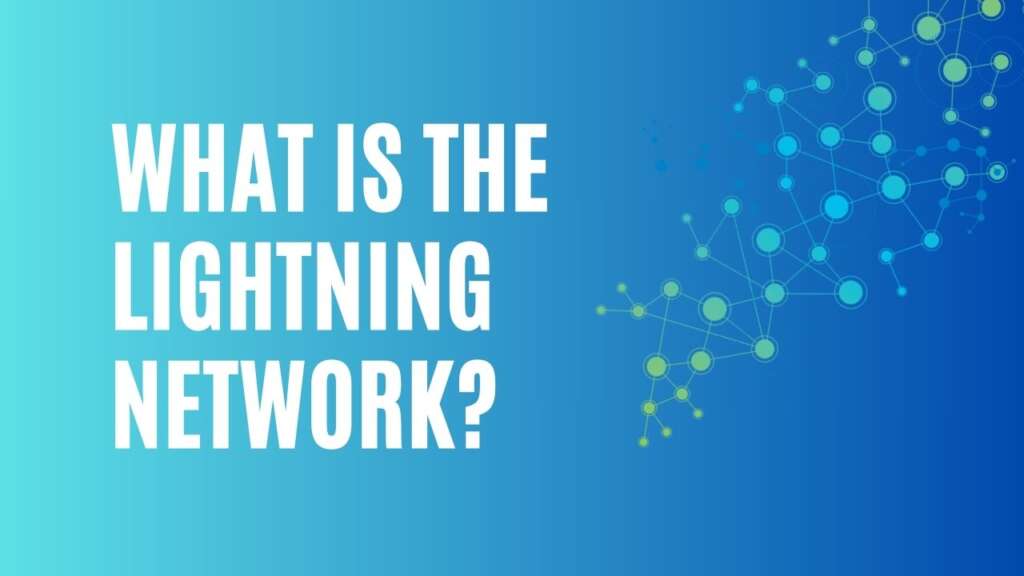

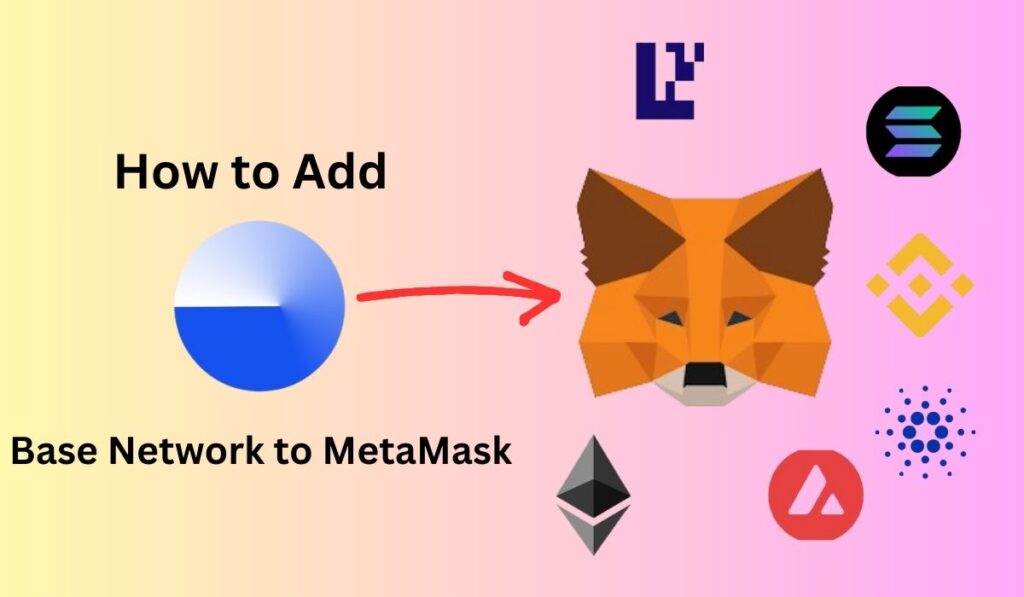
![How to Withdraw funds from MetaMask [2024]](https://www.cryptowinrate.com/wp-content/uploads/2024/06/Add-a-little-bit-of-body-text-1024x597.jpg)
